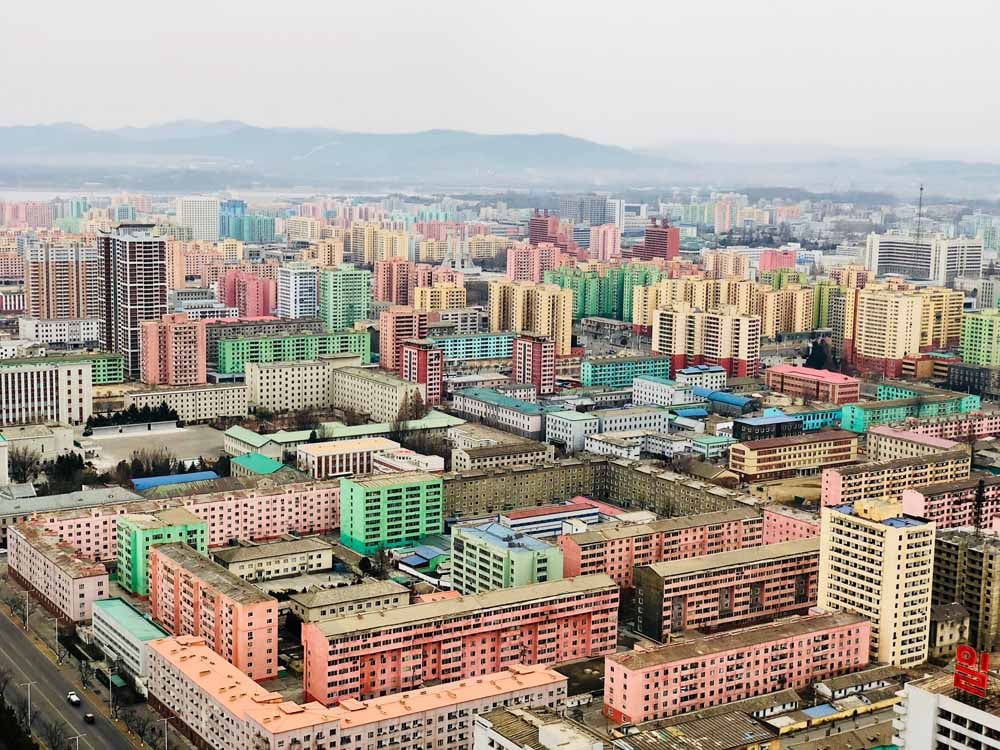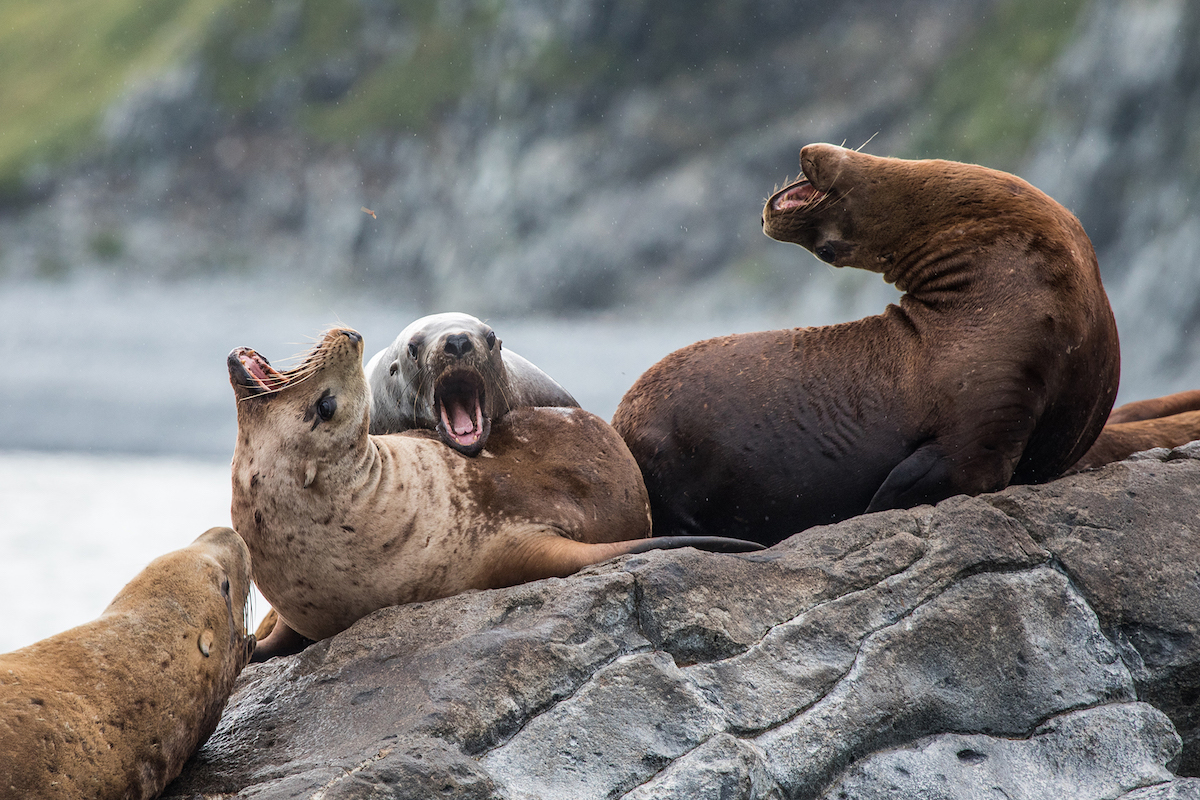Sweet memories of summer in Vladivostok, Russia’s Far East capital
Closed to foreign travellers until 1992, Vladivostok is steeped in naval history and coastal charm. But it’s still seldom visited by tourists. Photographer Nikola Lorenzin set out to capture the locals’ relationship to the sea during his 10 days in the city.
Vladivostok is Russia’s easternmost city, best known as the last stop on the Trans-Siberian railway. Situated on the shores of the Pacific, in close vicinity to the country’s border with North Korea and China, and only an hour’s flight from Japan, it is Russia’s gateway to Asia. By this token, it’s a place that’s known as a terminus or transfer hub rather than as a destination in its own right. But there are plenty of other associations too: when Norwegian explorer Fridtjof Nansen travelled there in 1913, he likened it to Naples for its spectacular combination of hills and sea. In recent years, its shiny cable bridge (an architectural marvel which connects Vladivostok to Russky Island) has also earned the city a reputation as the San Francisco of the East.
To those living in Moscow and St Petersburg, Vladivostok may seem like a world away. Before the Trans-Siberian railway functioned regularly, getting to Vladivostok from Moscow or Siberia required a hefty sea voyage, crossing the Baltic Sea, into the Indian Ocean and northward around Southern Asia; or crossing the Atlantic Ocean to the United States, then travelling by train. Even as the Trans-Siberian railways became more accessible, the Far East city was closed to foreign travellers during the communist years. It has long been unable to shake off a sense of exoticism: one of the band members of 90s Russian rock group Mumiy Troll, who brought their hometown musical acclaim, has said: “People there do have this feeling that they live on the edge of the world.”
Though Russia is washed by the waters of three oceans, you’d be hard pressed to find a stretch of coastline where you could spend the warmer months. Vladivostok might not be as cheap or accessible as Sochi, but according to Serbian-Italian photographer Nikola Lorenzin, it is well worth the visit. “September is the warmest month in the city,” says the Belgrade native, “It’s also the driest month. By then, the August fog will have dissipated and the temperatures are at 20C.” He travelled to Vladivostok by plane from Moscow, landing just in time to catch the first rays of sun to touch Russia that morning. Spending 10 days in the city in total, he initially rented a car to explore the inland, rural areas around the region but soon realised that he was way more drawn to the sea – from the L-shaped central harbour to the grand Amur Bay.
“On my first walk, I found the city incredibly lively. There were many events, including a film festival, concerts, food markets, and people — locals and tourists from neighbouring South Korea, Japan, and China, spending time in the cafes, restaurants, and beaches.” Though tourism is increasing, Lorenzin says it’s not massive by any means. “Normally I find it very tiring to spend a lot of time in the touristy areas of a city, so I was extremely surprised to find the atmosphere in the centre of Vladivostok to be so relaxing.”
With the backdrop of hills and sea reminding Lorenzin of Italy, he focused his lens on the people lounging on the beaches: groups, families, couples, or individuals reading alone. All stayed until sundown. “Coming from the Mediterranean, where summers are long and hot, and where beaches are often overcrowded and loud, such an atmosphere reminded me of the very last days of summer,” says Lorenzin.


